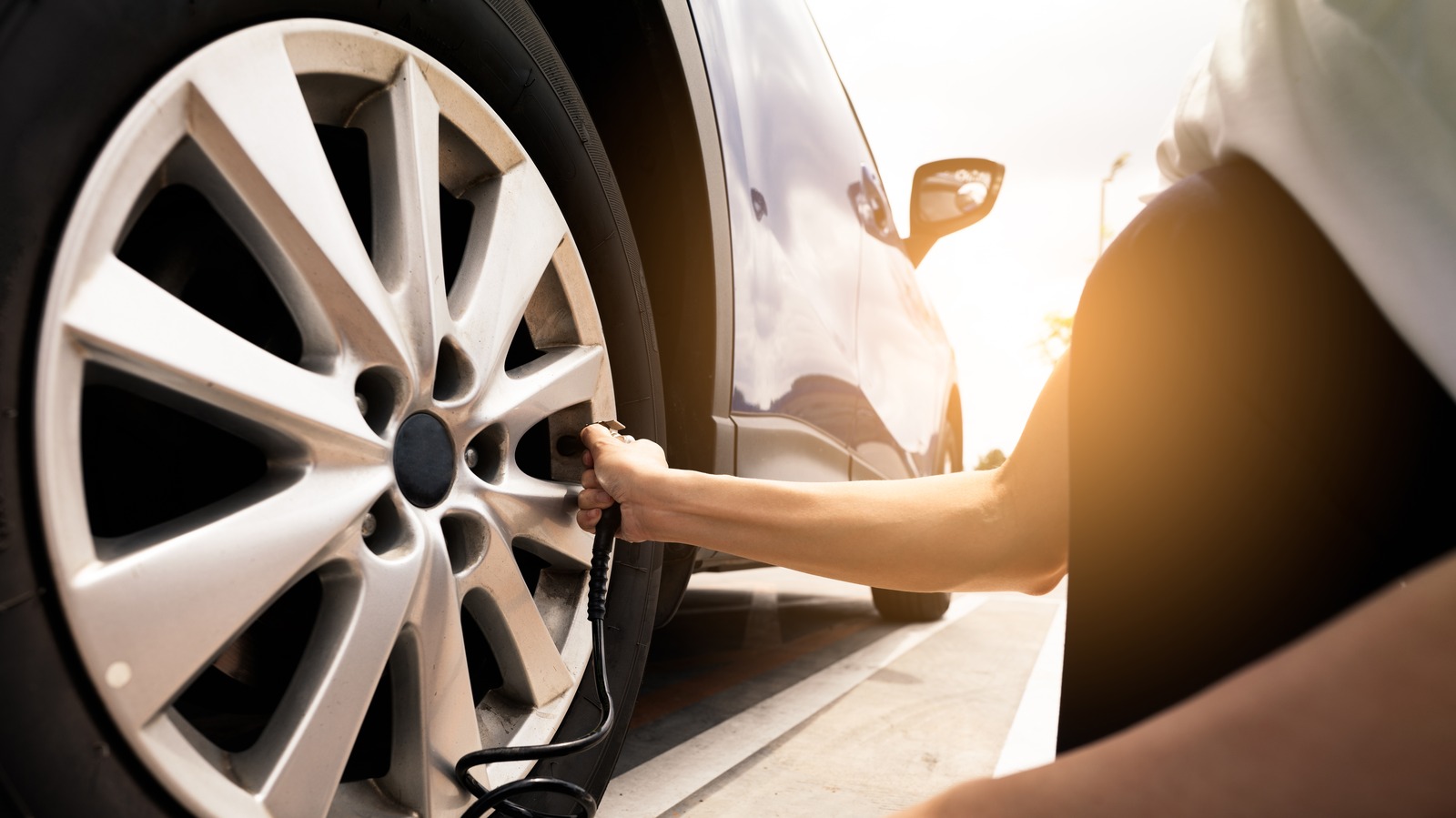
Is Your Tire Pressure Weather-Sensitive?
Ever noticed how your tires seem to have a mind of their own with the changing seasons? Here’s the deal: Whether Jack Frost is nipping at your nose or the summer sun is blazing down, your tire pressure is playing its own game of expansion and contraction. Imagine this: a temperature spike of 40 degrees F can hike up your tire pressure by a cheeky four psi, potentially leaving you with tires puffier than a Thanksgiving Day parade balloon.
The Hidden Dangers of Overinflation
Rolling around on overinflated tires isn’t just a rough ride; it’s a risky business. Think of it as walking on balloons – sure, they’re bouncy, but you’re always one step away from a pop. Overinflation compromises your vehicle’s grip on reality, or the road, to be more precise. It turns out, having too much air can wear down your tires ahead of their time and even introduce you to some unwanted pollutants. And here’s the kicker: your car’s Tire Pressure Monitoring System (TPMS) might sleep through the whole thing, leaving you blissfully unaware.
Stay Pumped: Keeping Tire Pressure in Check
So, what’s a savvy driver to do? Well, don’t wait for the weatherman to remind you. Make tire pressure checks as much a part of your routine as snagging that morning coffee. Every pit stop for gas is a golden opportunity to give those tires a once-over. And why not keep a trusty tire inflator close by in your trunk? It’s like having a firefighter on call, but for air instead of fire. Don’t forget, the National Highway Traffic Safety Administration (NHTSA) is on your side, advising a monthly tire check-up. And remember, timing is everything: check when your tires are cold for the clearest picture of their health.